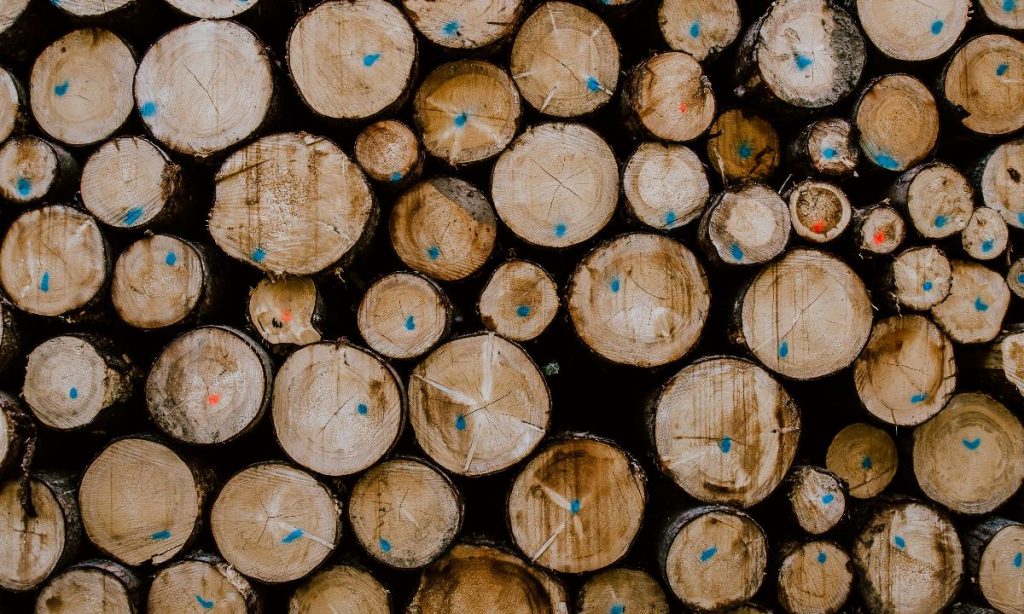
Forestry in Africa
Forestry is intricately connected to many other industrial sectors, resulting in better productive functions in the economy. This is because most wood products are intermediate goods and are used as raw materials for other industries, such as construction, furniture, packaging, printing, and textile manufacturing. Furthermore, forest products are known to be green, renewable, recyclable and versatile. They can be fed into different industrialization processes to maximize and harness their full potential as African commodities. Africa is highly dependent on forests for household nutrition, health, energy needs, income generation and employment. This understanding should give development workers the opportunity to look at food security, household wellbeing and income generation.
Africa, the largest continent, currently supplies the smallest proportion of global industrial roundwood 4% of any region. However, more than 70% of the population in Sub-Saharan Africa depends on forests and woodlands for its livelihood; one fifth of rural families’ daily needs come from forests. Also, Woodlands and forests supply approximately 60 percent of all energy. Forest-related activities accounts for a large part of the GDP of most of the continent’s countries. Africa is home to 675 million hectares or 23% of the overall land area of the continent. In addition, there is an estimated 350 million hectares (13% of the land mass) of “other wooded land.” This is made up of wooded savannah, thickets and shrublands. There are huge volumes of wood contained in “trees outside forests,” which include trees and other woody plants in rural landscapes (farms, pastures, agroforestry and horticultural systems) as well as in urban settings, on private land, along roads, and not forgetting planted forests estimated at about 15 million hectares.
African forests and woodlands are unevenly distributed among sub-regions and countries. This creates significant imbalances in the demand for and supply of forest-derived goods and services. Five sub-regions may be identified with the following proportions of the African forest estate:
– Central Africa (37.1%)
– Southern Africa (28.0%)
– East Africa (13.2%)
– West Africa (11.1%)
– North Africa (10.5%)
In most timber producing African countries, the aggregate import and export values with countries outside Africa in 2014 were US$ 3.3 billion and US$ 409.7 million respectively. This leaves a trade deficit of about US$ 2.9 billion for the continent. Despite significant international financial support to the forestry sector in the Sub-Saharan African countries, impacts on sustainable management and poverty alleviation are still below expectations. Forestry has tremendous potential to contribute to the green economy and increase household as well as state revenues in African countries. Scientific evidence confirms that the trade potential for wood products in Africa is huge. However, recorded trade between African countries appears low. This suggests the importance of guiding policy towards enhancing trade, breaking down the barriers to trade and promoting the integration of markets.
Istanbul Africa Trade Company and the Forestry Business in Turkey and Africa
Istanbul Africa Trade Company provides many exclusive forestry machinery choices for its’ clients:
– Bunchers
– Skidders
– Loaders
– Processors
– Loggers
– Track Harvesters
– Loader Forwarders
– Wood
– Paper and Pulp
– Forestry Chemicals
– Industrials Saws

